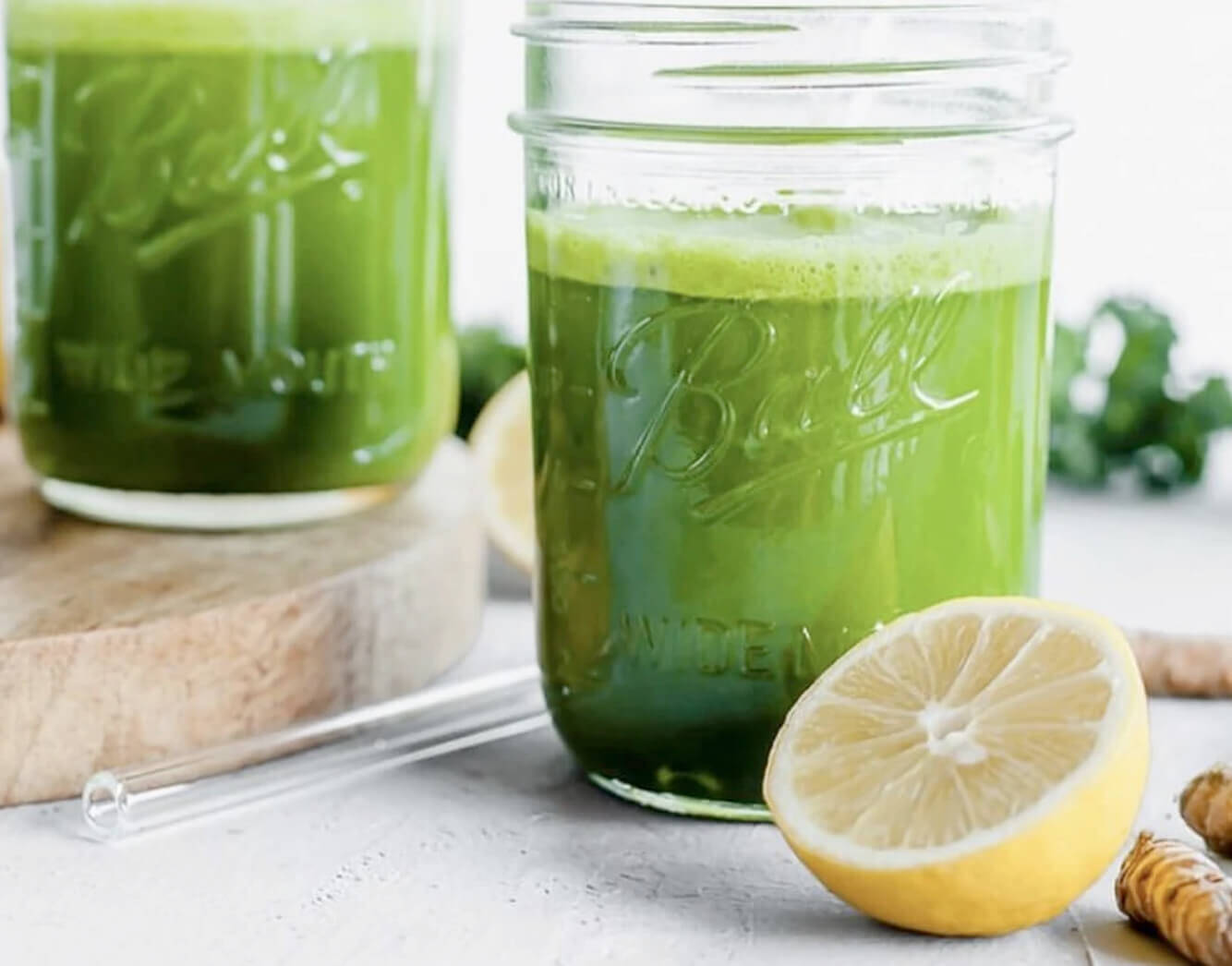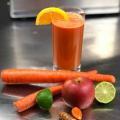Prepare to unlock the power of polyphenols! When it comes to healthy eating, it’s easy to get overwhelmed by the myriad of health dos and don’ts, and ever-changing advice from the experts. But one term that certainly deserves your attention is polyphenols. These natural compounds are found abundantly in various plant-based foods and beverages and have been linked to a wide range of health benefits. Here we will dive deeper into what exactly polyphenols are, their potential benefits, and where you can find them.
1. What exactly are polyphenols?
Polyphenols are a group of compounds found in a variety of fruits, vegetables, whole grains, and beverages like tea and red wine. They are known for their antioxidant properties, which means they help protect our bodies from damage caused by harmful molecules called free radicals. Free radicals are highly reactive oxygen molecules produced by normal cell processes as well as external factors such as radiation, air pollution, smoking, and chemical exposures. What makes polyphenols truly fascinating is their incredible diversity. With over 8,000 identified types, they come in various forms, such as flavonoids, phenolic acids, stilbenes, and lignans. Each type of polyphenol offers its own set of potential benefits, adding to the excitement of exploring their effects on human health.
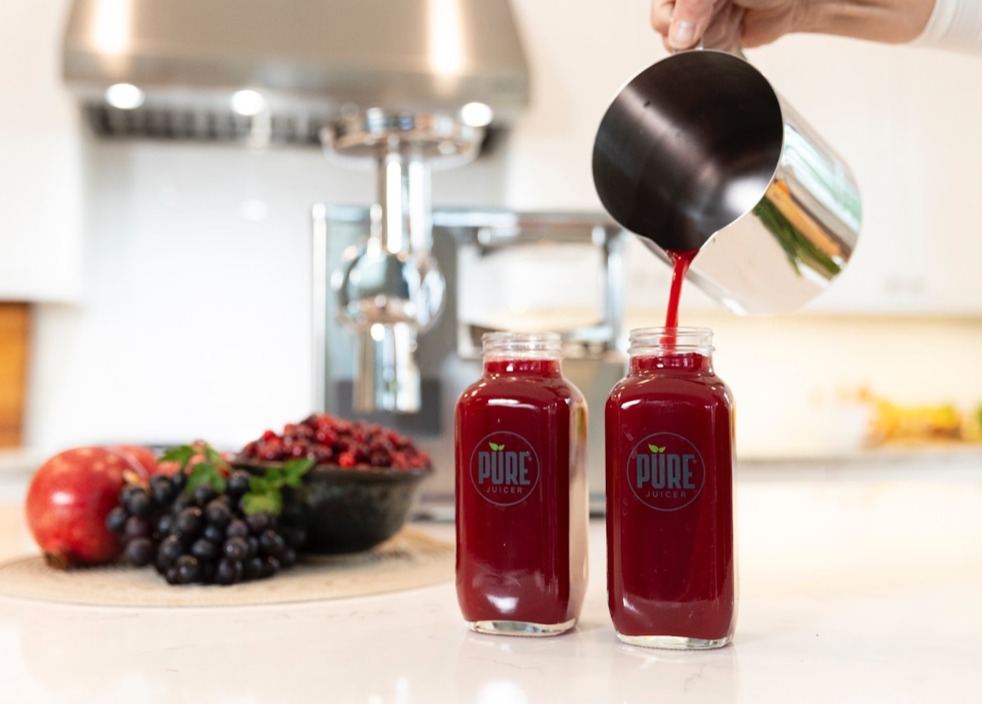
2. What are the health benefits of polyphenols?
Research on the benefits of polyphenols is ongoing, but studies have shown promising results. Polyphenols have been associated with a lower risk of chronic conditions like heart disease, various types of cancer, and neurodegenerative diseases like Alzheimer’s and Parkinson’s. Studies show that polyphenols can promote heart health by improving blood pressure, enhancing blood vessel function, and reducing inflammation. Consuming foods rich in polyphenols, such as berries, grapes, green tea, and dark chocolate, may contribute to a healthy cardiovascular system. Furthermore, the anti-inflammatory properties of polyphenols are not to be overlooked, as chronic inflammation is a significant factor in many diseases. These properties can help reduce inflammation in the body and potentially lower the risk of conditions like arthritis, metabolic syndrome, and certain cancers.
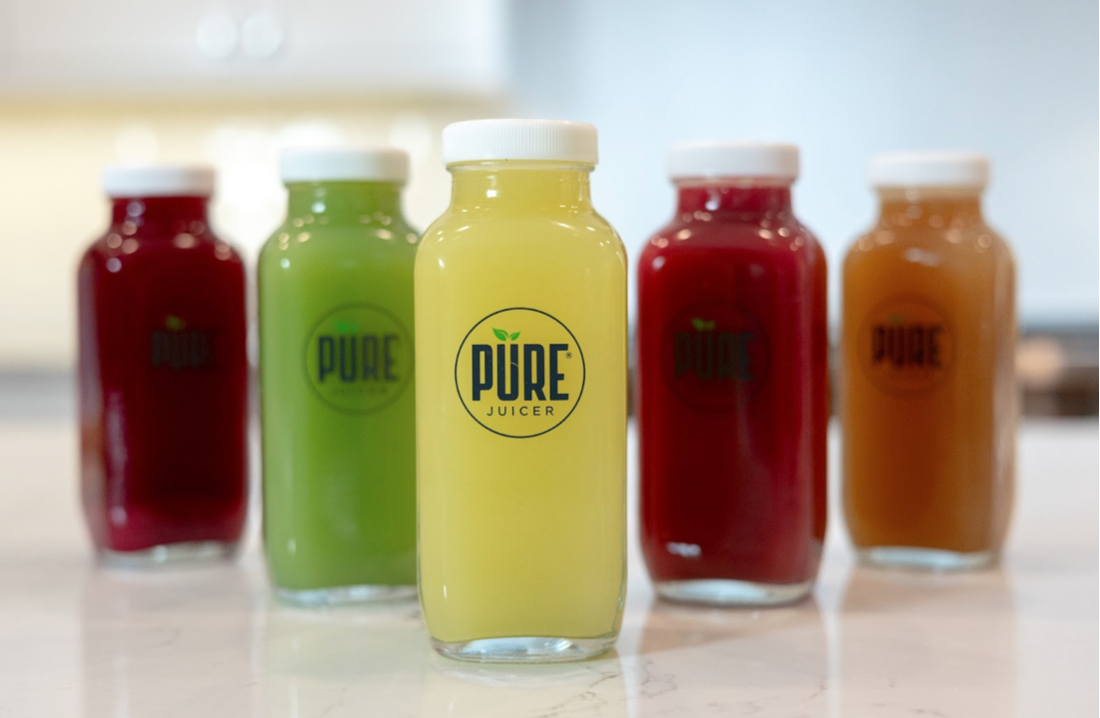
3. Where can I find Polyphenols?
Fruits
- Berries: Berries are often hailed as polyphenol powerhouses. Blueberries, strawberries, raspberries, blackberries, and cranberries are particularly abundant in various types of polyphenols, including anthocyanins, flavonols, and ellagitannins.
- Citrus Fruits: Oranges, lemons, grapefruits, and other citrus fruits contain polyphenols such as flavanones and hesperidin.
- Apples: Apples are not only a crunchy and refreshing snack but also a good source of polyphenols. They contain a diverse range including flavonols, procyanidins, and anthocyanins, concentrated primarily in the apple peel, so make sure to eat that outer layer!
- Grapes: Grapes, whether eaten fresh or in the form of raisins and red wine, provide various polyphenols.
- Pomegranates: Pomegranates are renowned for their vibrant red arils, which are packed with polyphenols, particularly ellagitannins and anthocyanins. Pomegranate juice and fresh pomegranate seeds are popular ways to enjoy their unique flavors and health benefits.
- Cherries: Cherries, both sweet and tart varieties, offer a delicious burst of polyphenols. These include anthocyanins, flavonols, and other phenolic compounds that contribute to the fruit’s vibrant colors and potential health-promoting properties.
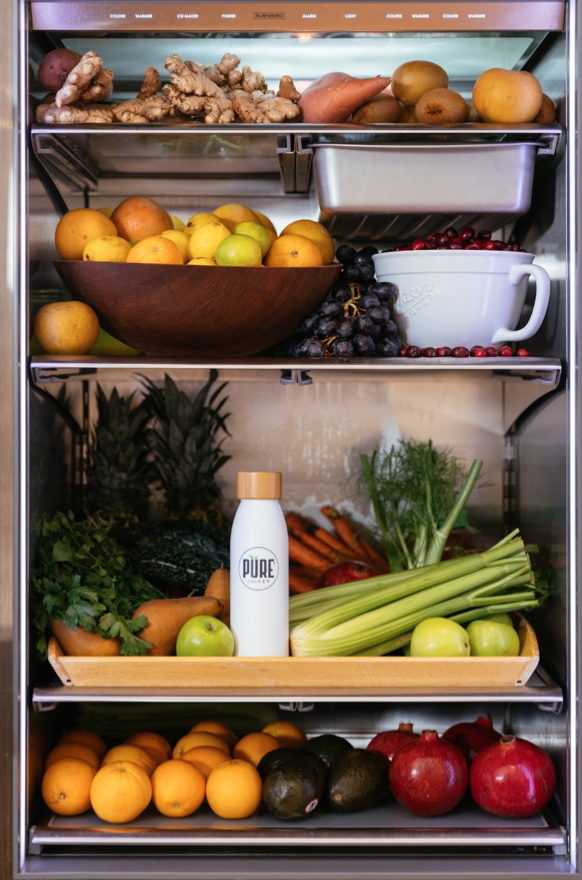
- Plums: Plums, including varieties like black and red plums, contain polyphenols like anthocyanins and phenolic acids. Be sure to incorporate these juicy and healthy fruits!
- Kiwi: Kiwi fruits are not only rich in vitamin C and dietary fiber but also contain a range of polyphenols, including flavonoids, catechins, and anthocyanins. The vibrant green flesh with tiny black seeds adds a delightful visual appeal.
Vegetables
- Broccoli: Broccoli belongs to the cruciferous vegetable family and contains various polyphenols, including flavonoids, glucosinolates, and phenolic acids. These compounds contribute to broccoli’s antioxidant and potential anticancer properties.
- Spinach: Spinach is a leafy green vegetable rich in polyphenols such as flavonoids (quercetin, kaempferol) and phenolic acids. It is a versatile vegetable that can be enjoyed in salads, sautés, or added to smoothies.
- Kale: Kale, another leafy green powerhouse, boasts an array of polyphenols, including flavonoids, glucosinolates, and phenolic acids. It offers a robust nutritional profile and can be enjoyed in salads, soups, or as a side dish.
- Tomatoes: Tomatoes contain various polyphenols, particularly flavonoids like quercetin and kaempferol, as well as the antioxidant compound lycopene. Cooking tomatoes can enhance the bioavailability of these beneficial compounds.
- Bell Peppers: Colorful bell peppers, whether red, yellow, orange, or green, contain polyphenols like flavonoids and phenolic acids. They are not only delicious but also provide a range of essential nutrients. Enjoy in salads or as a healthy snack with some hummus!
- Onions: Onions, both red and white varieties, are rich in polyphenols, particularly flavonoids like quercetin. These compounds contribute to the pungent flavor and potential health benefits of onions.
- Garlic: Garlic is not only a popular flavor enhancer but also a source of polyphenols such as flavonoids and organosulfur compounds. It has been associated with potential cardiovascular and immune-boosting benefits.
- Eggplant: Eggplant, also known as aubergine, contains polyphenols like nasunin, which gives the vegetable its deep purple color. These compounds contribute to eggplant’s antioxidant properties.
- Artichokes: Artichokes are rich in polyphenols, particularly caffeoylquinic acids. These compounds are known for their potential antioxidant and hepatoprotective (liver-protecting) effects.
- Red Cabbage: Red cabbage is a colorful cruciferous vegetable that contains various polyphenols, including anthocyanins, flavonoids, and phenolic acids.
Whole grains
- Oats: Oats contain various types of polyphenols, including avenanthramides. These compounds are unique to oats and have been associated with antioxidant and anti-inflammatory effects.
- Brown Rice: Brown rice retains the bran and germ layers, making it a whole grain rich in polyphenols. It contains compounds like phenolic acids, flavonoids, and anthocyanins.
- Quinoa: Quinoa is technically a seed, but it is often referred to as a whole grain due to its nutritional profile. It contains various polyphenols, including flavonoids and phenolic acids.
- Rye: Rye is a grain closely related to wheat, and it contains polyphenols like ferulic acid and lignans.
- Whole Wheat: Whole wheat is the unrefined form of wheat, containing the bran, germ, and endosperm. It contains polyphenols such as phenolic acids and flavonoids.
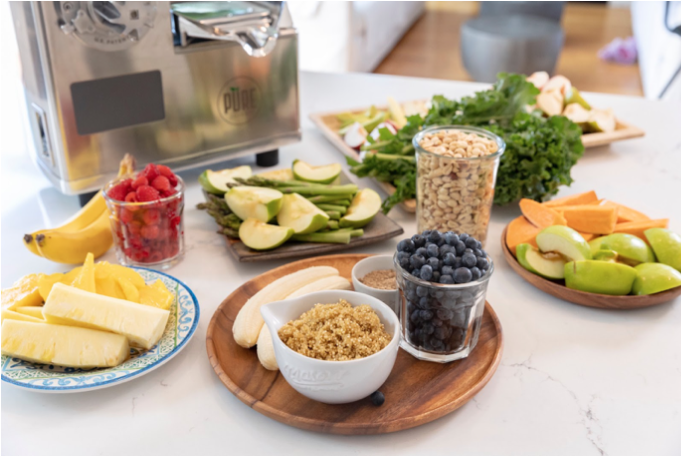
Nuts & Seeds
- Almonds: Almonds are a rich source of polyphenols, particularly flavonoids and phenolic acids. Whether in the form of almond butter or in your favorite trail mix, enjoy these yummy nuts for those antioxidant and anti-inflammatory properties!
- Walnuts: Walnuts are known for their omega-3 fatty acids, but they also contain polyphenols like ellagitannins and flavonoids.
- Flaxseeds: Flaxseeds are small but mighty when it comes to polyphenols. They contain lignans, which are a type of polyphenol known for their potential antioxidant and estrogenic properties.
- Chia Seeds: Chia seeds are a nutritional powerhouse and a source of polyphenols, including flavonoids and phenolic acids. Sprinkle into your smoothies or enjoy some chia pudding!
- Pumpkin Seeds: Pumpkin seeds, also known as pepitas, contain polyphenols such as flavonoids and lignans. These are easy to toss into a salad or enjoy on their own as a crunchy snack!
- Sunflower Seeds: Sunflower seeds offer polyphenols, including phenolic acids and flavonoids. Throw some into your next salad for an easy way to get those health benefits.
Legumes
- Black Beans: Black beans are a popular legume that contains polyphenols such as flavonoids and phenolic acids.
- Lentils: Lentils, specifically red lentils, are rich in polyphenols, particularly flavonoids such as catechins and proanthocyanidins. These are a great addition to your next soup recipe!
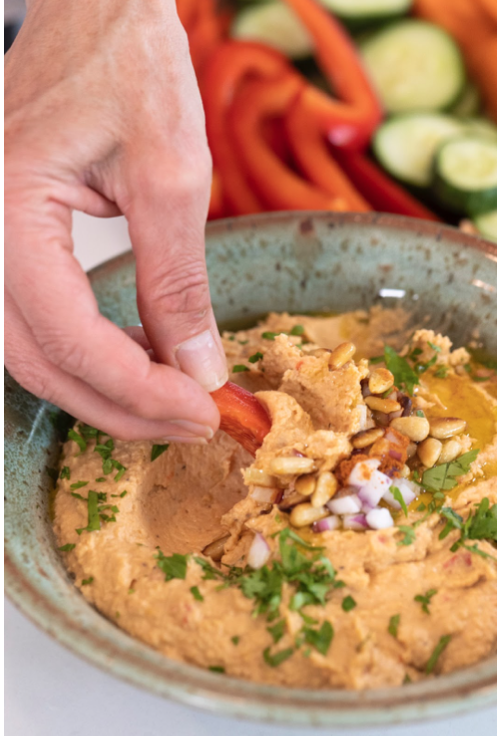
- Chickpeas: Chickpeas are a versatile legume and contain various polyphenols, including flavonoids and phenolic acids. Toss into a salad or enjoy your favorite hummus to reap these yummy and nutritious benefits.
- Soybeans: Soybeans, commonly consumed in various forms like tofu and soy milk, contain polyphenols called isoflavones. These compounds are known to benefit hormonal balance.
- Green Peas: Green peas are not only a delicious and vibrant vegetable but also a legume rich in polyphenols. They contain various flavonoids and phenolic acids that contribute to their antioxidant properties.
Beverages, Herbs, & More
- Green Tea: Green tea is celebrated for its rich polyphenol content, particularly catechins like epigallocatechin gallate (EGCG).
- Black Tea: Black tea, derived from the same plant as green tea but undergoing a different processing method, also contains polyphenols, including theaflavins and thearubigins.
- Coffee: Coffee beans contain polyphenols such as chlorogenic acids. The polyphenol content in coffee can vary based on factors like the type of bean and the brewing method. Sit back, relax, and sip your morning coffee with the satisfaction of these super polyphenol benefits!
- Red Wine: Red wine, enjoyed in moderation, is known for its polyphenol content, including resveratrol. Resveratrol has been the focus of research due to its potential cardiovascular benefits.
- Cocoa and Dark Chocolate: Cocoa and dark chocolate are rich in polyphenols, particularly flavonoids. The higher the cocoa content, the greater the polyphenol concentration. Look for dark chocolate with a high percentage of cocoa (70% or higher) for optimal polyphenol content!
- Herbal Teas: Herbal teas made from various plants, such as chamomile, peppermint, ginger, and rooibos, can provide polyphenols. These beverages offer a wide range of flavors and potential health benefits.
- Herbs: Be sure to add in a little extra oregano, rosemary, basil, thyme, mint, sage, or parsley into your next recipe! These herbs all possess polyphenols which contribute to their antioxidant properties.
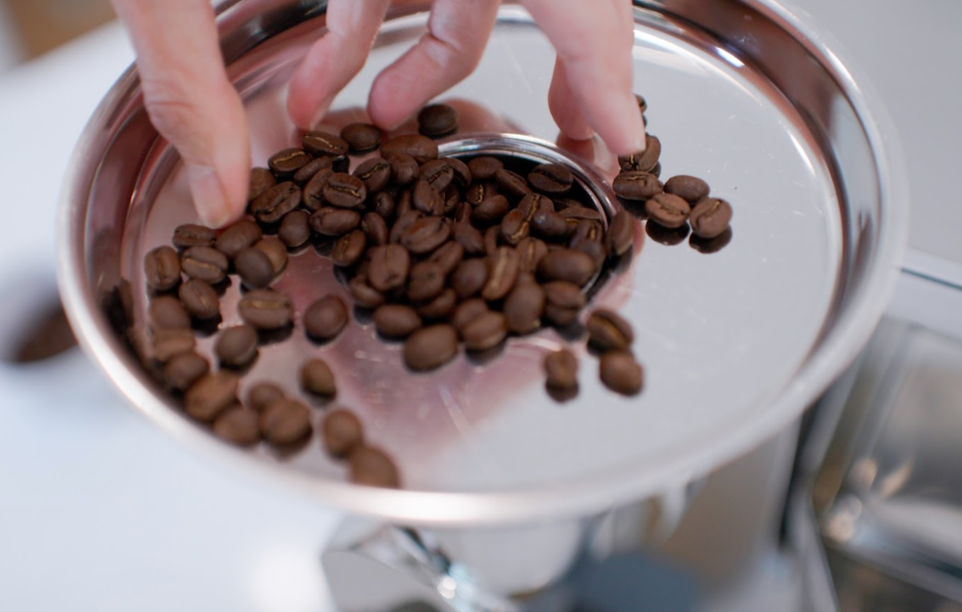
Our Polyphenol Powerhouse Juices – Inspired by their rich color
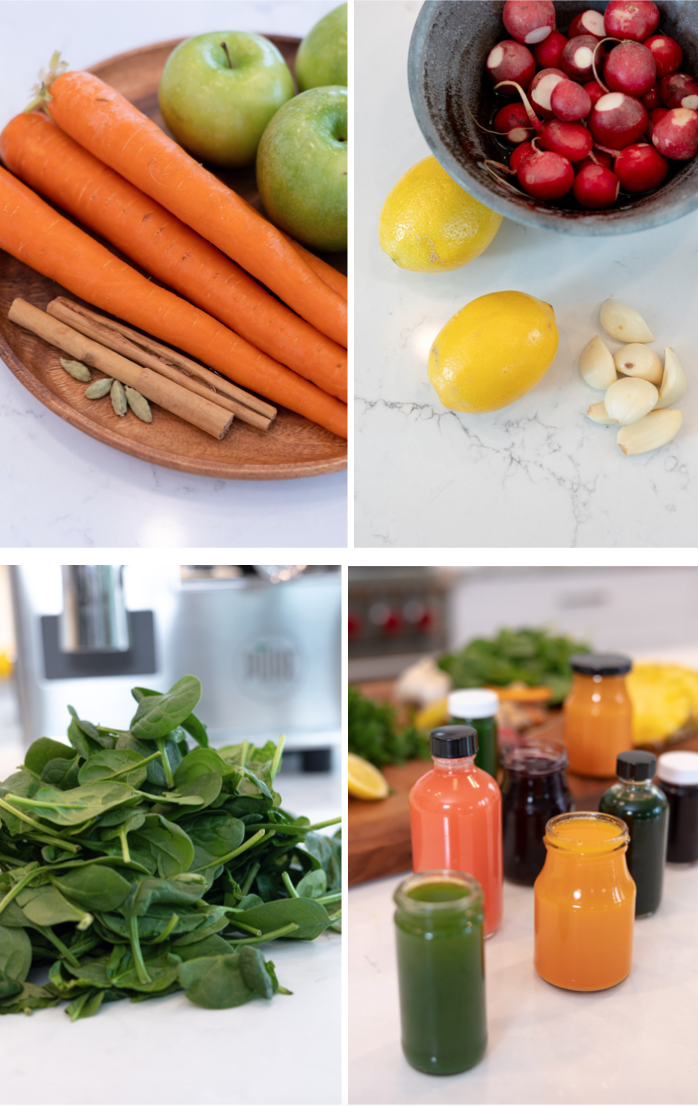
It’s worth noting that cooking and processing can affect the polyphenol content of foods. For example, boiling vegetables can cause some of the polyphenols to leach out into the cooking water. However, overall, it’s still possible to get a good amount of polyphenols from a healthy, varied diet. A great way to gain optimal polyphenol benefits is to juice! Any combo of the fruits and vegetables above make for a delicious, antioxidant-rich elixir.
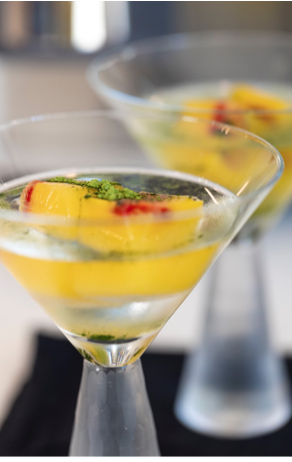
4. Here are a few easy ways to incorporate polyphenols into your diet (aside from juicing)
- Make an açai bowl – using grid #2 and grinding berries. Top with berries and yogurt.
- Check out our matcha mocktail with orange juice and chili pepper.
- Make pesto using grid #4 or simply add fresh herbs to any drink. We juice everything from basil, parsley, to rosemary.
- Consider this shrub (sipping vinegar) made with juice and apple cider vinegar.
- Swap your usual white rice or pasta for a whole grain variety like quinoa in these hearty soup recipes.
And how about the best carrot cake you have ever had with PURE ground carrots and apples as ingredients?
Conclusion:
Polyphenols may not be as well-known as some other nutrients, but they are undoubtedly valuable to your overall health. By incorporating more polyphenol-rich foods into your diet, you may be able to give your body an extra boost in terms of disease prevention and overall wellness. Our only last tip is to shop with your eyes…find the colors that bring you joy and juice them. They are good for you!
Sources:
- PubMed Central: “Plant polyphenols as dietary antioxidants in human health and disease”
- Pub Med: “Polyphenol intake and mortality risk: a re-analysis of the PREDIMED trial”
- European Journal of Clinical Nutrition: “Identification of the 100 richest dietary sources of polyphenols: an application of the Phenol-Explorer database.”
- The American Journal of Clinical Nutrition: “Polyphenols and disease risk in epidemiologic studies”
- Science Direct: “Role of the small intestine, colon and microbiota in determining the metabolic fate of polyphenols”
- Web MD: “Healthy Foods High in Polyphenols”
- Healthline: “Top Foods with Polyphenols”
- UCLA Health: “Polyphenols can be found in many fresh foods”
Medical Disclaimer
PURE Juicer is a juicing company. We are not doctors or medical experts. All content and information on this blog and website is for informational and educational purposes only, does not constitute medical advice, and does not establish any patient-client relationship by using this website.
Although we strive to provide accurate general information, the information presented here is not a substitute for professional advice. You should not rely solely on this information. Always consult a professional in your area for your health questions and concerns before making any professional, legal, medical, financial, or tax-related decisions.

